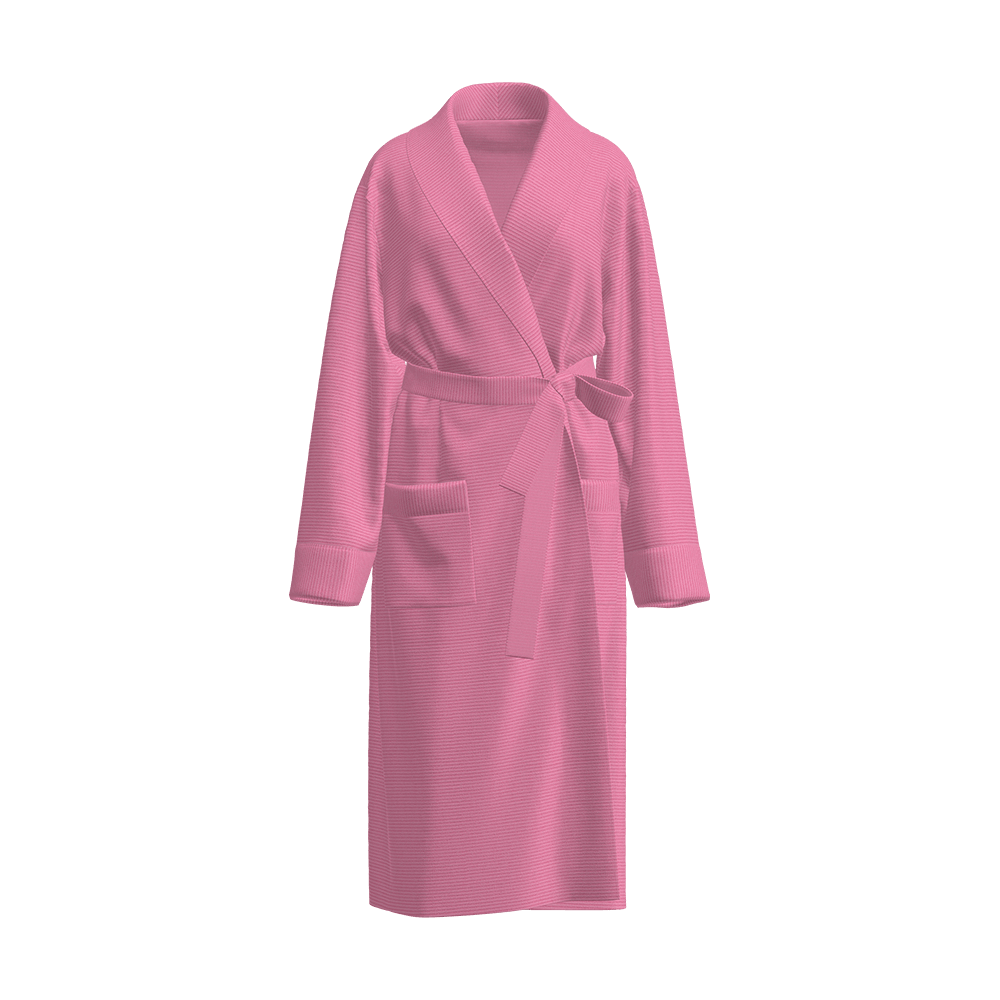
How does C/T/S drop-needle velvet fabric differ from traditional woven velvet in structure?
C/T/S drop-needle velvet fabric represents a modern innovation in textile manufacturing, offering a unique approach to velvet production. Unlike traditional woven velvet, which relies on complex weaving techniques to create its characteristic pile, C/T/S drop-needle velvet fabric uses a specialized knitting method that produces a plush surface efficiently and consistently.
Overview of Velvet Fabric
Velvet is a type of textile characterized by a soft, raised surface called the pile. Traditionally, velvet is woven using warp and weft threads, creating a dense and luxurious texture. This surface enhances tactile and visual appeal, making velvet a preferred choice in both fashion and home furnishings.
While woven velvet has a long history, the development of C/T/S drop-needle velvet fabric introduces a knit-based alternative. By employing combing, twisting, and stitching techniques (C/T/S), this fabric achieves similar aesthetic and tactile properties with distinctive structural differences. These differences impact not only the production process but also the performance, flexibility, and application of the fabric.
Structural Differences Between C/T/S Drop-needle Velvet Fabric and Traditional Woven Velvet
Pile Construction
One of the most noticeable structural differences between C/T/S drop-needle velvet fabric and traditional woven velvet lies in the pile construction.
- Traditional woven velvet is produced by weaving two layers of fabric simultaneously, with the pile created by interlacing extra warp yarns. After weaving, the layers are cut apart, forming a cut-pile surface on each fabric. This method results in a dense, uniform pile that is stable but requires precise weaving equipment and considerable production time.
- C/T/S drop-needle velvet fabric, on the other hand, is knitted using specialized drop-needle machinery. The pile is formed by looping and anchoring fibers through the base fabric, creating a raised surface without the need for cutting. This produces a softer, more flexible fabric, with the pile height and density adjustable through knitting tension and needle configuration.
In summary, while woven velvet relies on a cut-pile method integrated into the weave, C/T/S drop-needle velvet fabric builds the pile through knit structure, offering different tactile and structural characteristics.
Base Fabric Composition
The foundation or backing of the fabric also differs between these two velvet types.
- In woven velvet, the base consists of woven threads that provide strength and stability to support the dense pile. This structure ensures minimal stretching and superior dimensional stability.
- C/T/S drop-needle velvet fabric uses a knitted base, which introduces natural stretch and flexibility. While this can enhance comfort and adaptability, it may require additional finishing treatments to maintain stability in high-stress applications, such as upholstery.
The knitted base also allows varied fiber combinations, making it possible to integrate synthetic fibers for elasticity or natural fibers for softness and breathability. These variations can impact end-use performance and the overall hand feel of the fabric.
Fiber Integration and Yarn Type
C/T/S drop-needle velvet fabric offers flexibility in fiber selection and yarn integration. While woven velvet typically uses long-staple fibers such as cotton, silk, or polyester, the drop-needle method can combine different types of fibers within a single fabric layer, creating customized textures, color effects, and tactile experiences.
- Traditional woven velvet generally limits fiber combinations due to weaving constraints. Each fiber must withstand the mechanical tension during weaving and cutting.
- C/T/S drop-needle velvet fabric can integrate multiple fibers, including blends of cotton, polyester, and viscose, providing enhanced softness, sheen, or durability depending on the application.
Surface Texture and Appearance
The visual and tactile texture of C/T/S drop-needle velvet fabric can be noticeably different from woven velvet due to the pile formation method.
- Woven velvet produces a uniform, high-density pile with a smooth, reflective surface that accentuates light and shadow. The pile is stable and resists deformation over time.
- Drop-needle velvet produces a soft, plush pile with slightly more variability in loop orientation, which can result in a softer hand feel and subtle variations in appearance. This texture is often preferred for applications where comfort and flexibility are prioritized over formal visual precision.
Additionally, the pile in drop-needle velvet can be manipulated during knitting to create patterns or directional effects that would be challenging in traditional woven velvet.
Manufacturing Efficiency and Production Considerations
Speed and Flexibility
C/T/S drop-needle velvet fabric offers several advantages in production efficiency compared to woven velvet.
- Traditional woven velvet requires complex looms and a multi-step process including weaving, cutting, and finishing. Each step must be carefully controlled to maintain pile consistency, making production time-consuming and labor-intensive.
- Drop-needle velvet fabric is knit-based, allowing for faster production rates and lower energy consumption. Adjustments to pile height, fiber combinations, and density can be made on the machine without requiring new loom setups.
Customization Potential
Drop-needle technology enables greater design flexibility, particularly for manufacturers seeking custom patterns or textures. By altering needle configurations, tension, or fiber combinations, the fabric can achieve unique visual effects or specialized functional properties, such as enhanced elasticity or thermal comfort.
In contrast, woven velvet customization is more limited, primarily dependent on yarn color, weaving pattern, or post-weaving treatments. These modifications often require new loom configurations or additional labor.
Waste Reduction
C/T/S drop-needle velvet fabric production can generate less material waste because the pile is formed directly on the knitted base rather than cut from double-layer fabrics. This reduces offcuts and can improve overall material efficiency, which is increasingly important for manufacturers focused on sustainability.
Performance Characteristics
Durability
- Woven velvet is inherently stable and durable due to its tight weave and cut-pile structure. It maintains pile integrity under repeated use and is less prone to stretching.
- C/T/S drop-needle velvet fabric, while softer and more flexible, may require reinforcement or finishing treatments for applications involving heavy wear, such as furniture upholstery or high-traffic areas. Proper fiber selection and tension management can mitigate these concerns.
Comfort and Flexibility
Drop-needle velvet fabric typically offers greater elasticity and drape due to its knitted base. This characteristic enhances comfort in apparel, cushions, and drapery. Woven velvet, by contrast, is more rigid, providing a structured aesthetic preferred in formal furniture or traditional clothing.
Maintenance and Care
Maintenance requirements also differ:
- Woven velvet often requires specialized cleaning to maintain pile integrity and prevent crushing.
- C/T/S drop-needle velvet fabric can be more forgiving, as its knitted structure allows the pile to recover from compression more easily. Additionally, fiber blends in drop-needle velvet can be optimized for washability, stain resistance, or colorfastness, expanding its usability in residential and commercial environments.
Applications and Industry Use
C/T/S drop-needle velvet fabric has found applications across fashion, interior design, and furniture industries:
- Fashion: Knit-based velvet is ideal for garments that require stretch and comfort, such as jackets, dresses, or loungewear.
- Furniture: The plush texture and flexibility make drop-needle velvet suitable for cushions, sofas, and chairs, particularly where comfort is a priority.
- Home textiles: Curtains, bedspreads, and decorative throws benefit from the fabric’s soft drape and aesthetic versatility.
Woven velvet, with its structured pile and stable surface, is often chosen for formal furniture, luxury draperies, and high-end apparel where precision and durability are critical.
Comparative Summary
The following table summarizes key structural differences between C/T/S drop-needle velvet fabric and traditional woven velvet:
| Feature | C/T/S Drop-needle Velvet Fabric | Traditional Woven Velvet |
|---|---|---|
| Pile Formation | Knitted loops anchored on base fabric | Cut-pile woven into double-layer fabric |
| Base Fabric | Knitted, flexible, slight stretch | Woven, rigid, high dimensional stability |
| Fiber Blends | Highly flexible, can integrate multiple fibers | Limited to fibers compatible with weaving and cutting |
| Surface Texture | Soft, plush, slightly variable | Uniform, dense, reflective |
| Production Efficiency | Faster, lower waste, adjustable | Slower, higher waste, complex setup |
| Durability | Good, may need reinforcement | High, inherently stable |
| Comfort | High flexibility and drape | Rigid, structured feel |
| Applications | Apparel, furniture, home textiles | Luxury furniture, drapery, formal apparel |
Conclusion
C/T/S drop-needle velvet fabric offers a modern alternative to traditional woven velvet, with distinctive structural, functional, and production advantages. Its knitted pile construction provides flexibility, comfort, and customization potential, while traditional woven velvet retains its densely structured, durable, and formal aesthetic.
Understanding these differences enables manufacturers, designers, and buyers to select the fabric best suited for their needs, whether prioritizing luxury appearance, tactile comfort, or production efficiency. By leveraging the unique properties of C/T/S drop-needle velvet fabric, the textile industry can explore innovative designs, enhanced comfort, and sustainable production methods while maintaining high-quality standards.
C/T/S drop-needle velvet fabric is poised to become an increasingly versatile choice across diverse applications, from high-fashion apparel to upholstered furniture, combining the elegance of velvet with modern production efficiency.
LATEST POST
Let’s create something amazing together
contact usDon't hesitate to contact when you need us!



 English
English 한국어
한국어 中文简体
中文简体

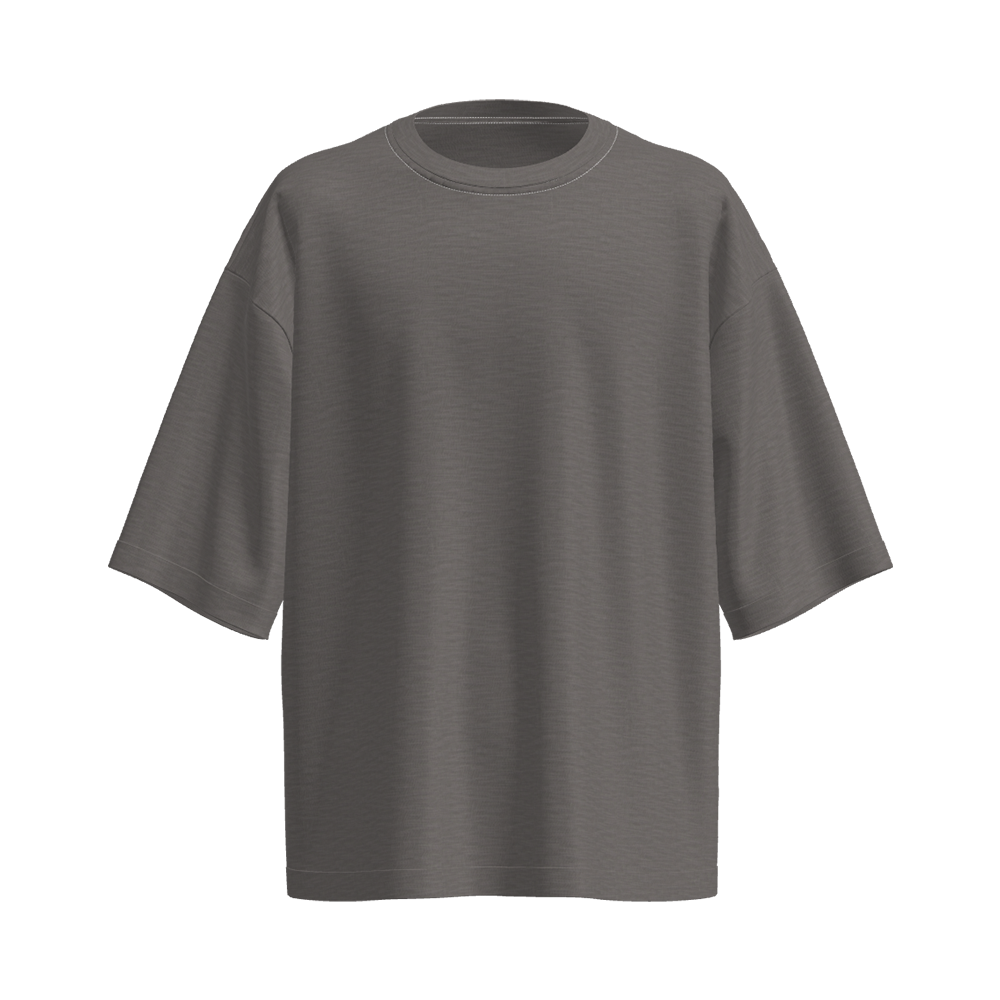

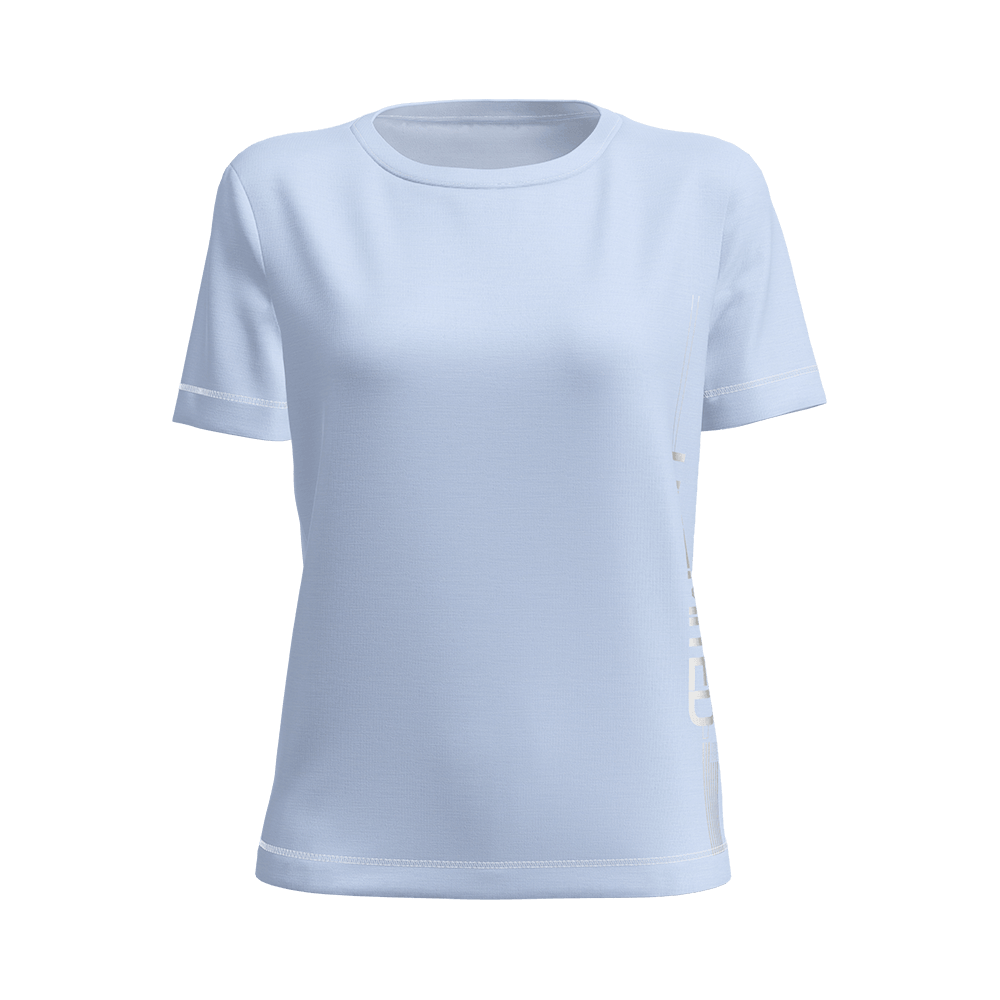

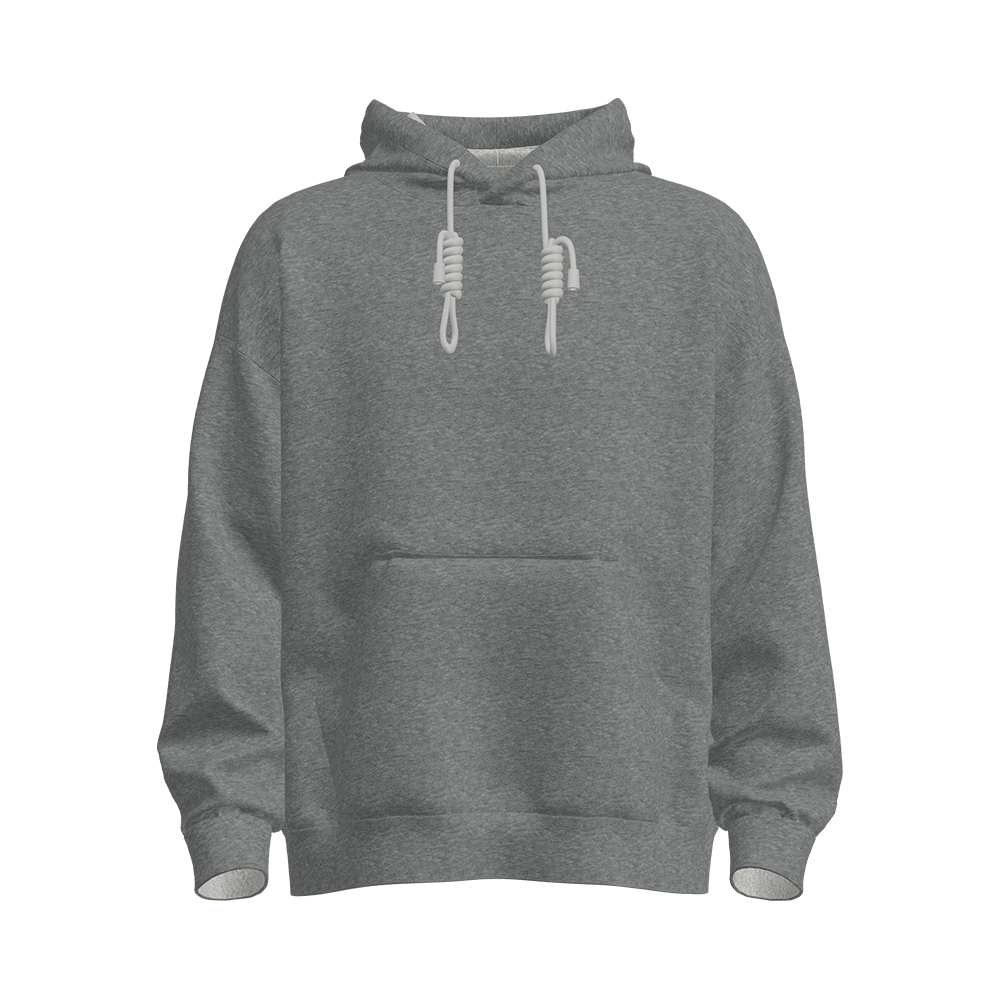
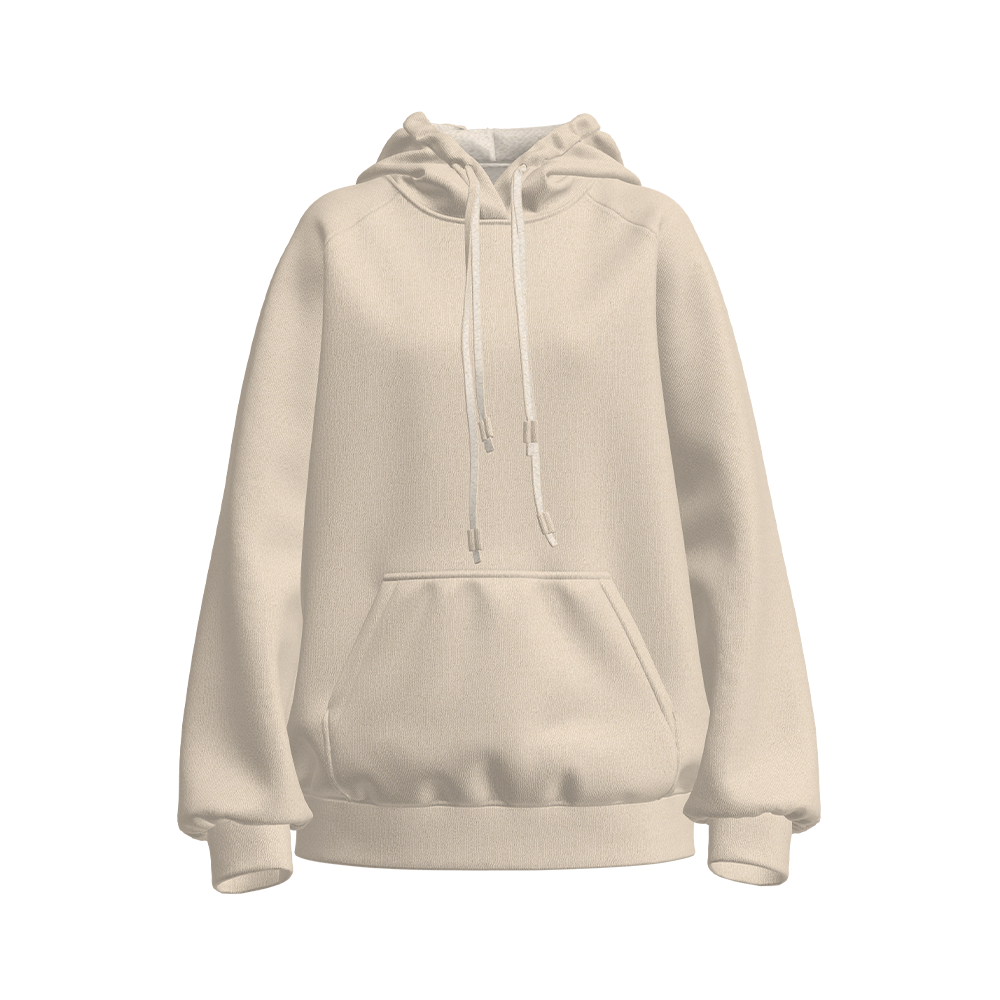


 +86-512-52528088
+86-512-52528088 +86-512-14546515
+86-512-14546515

